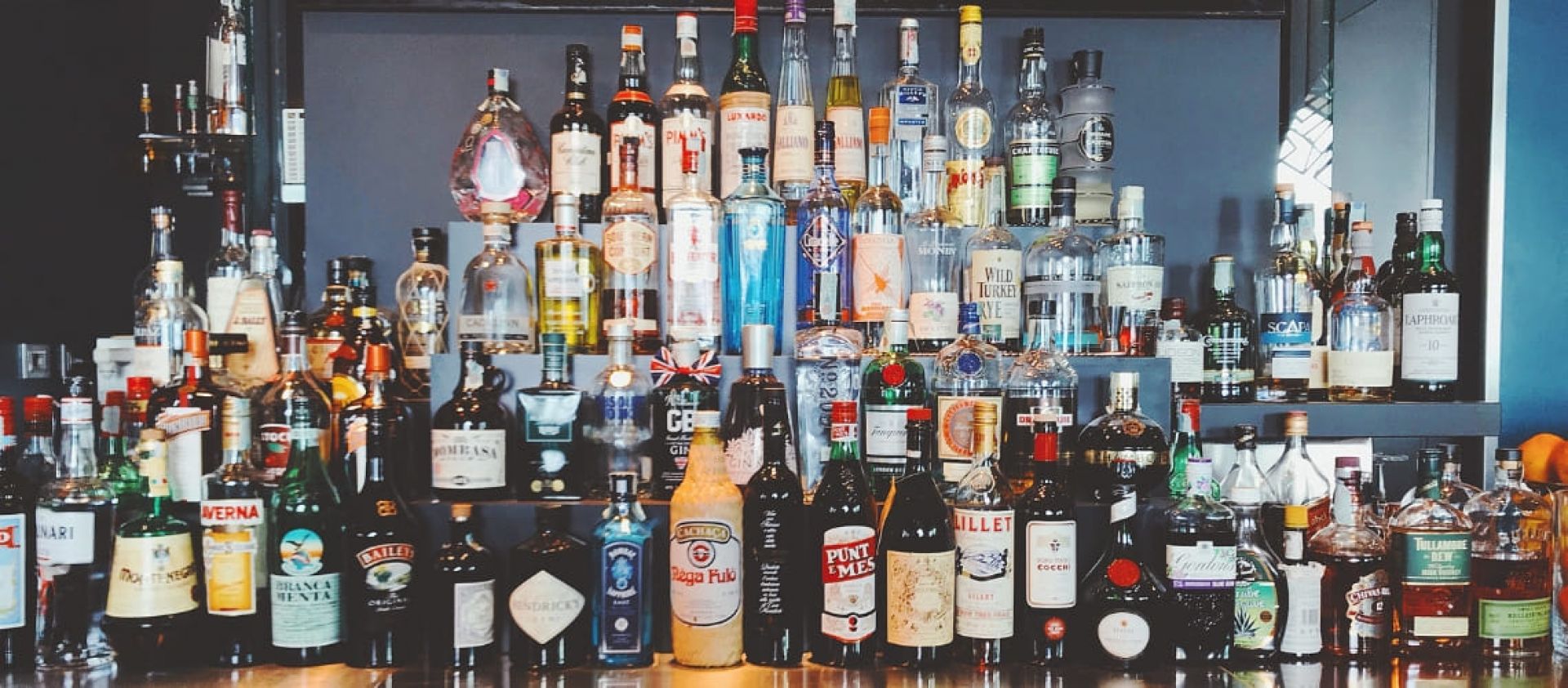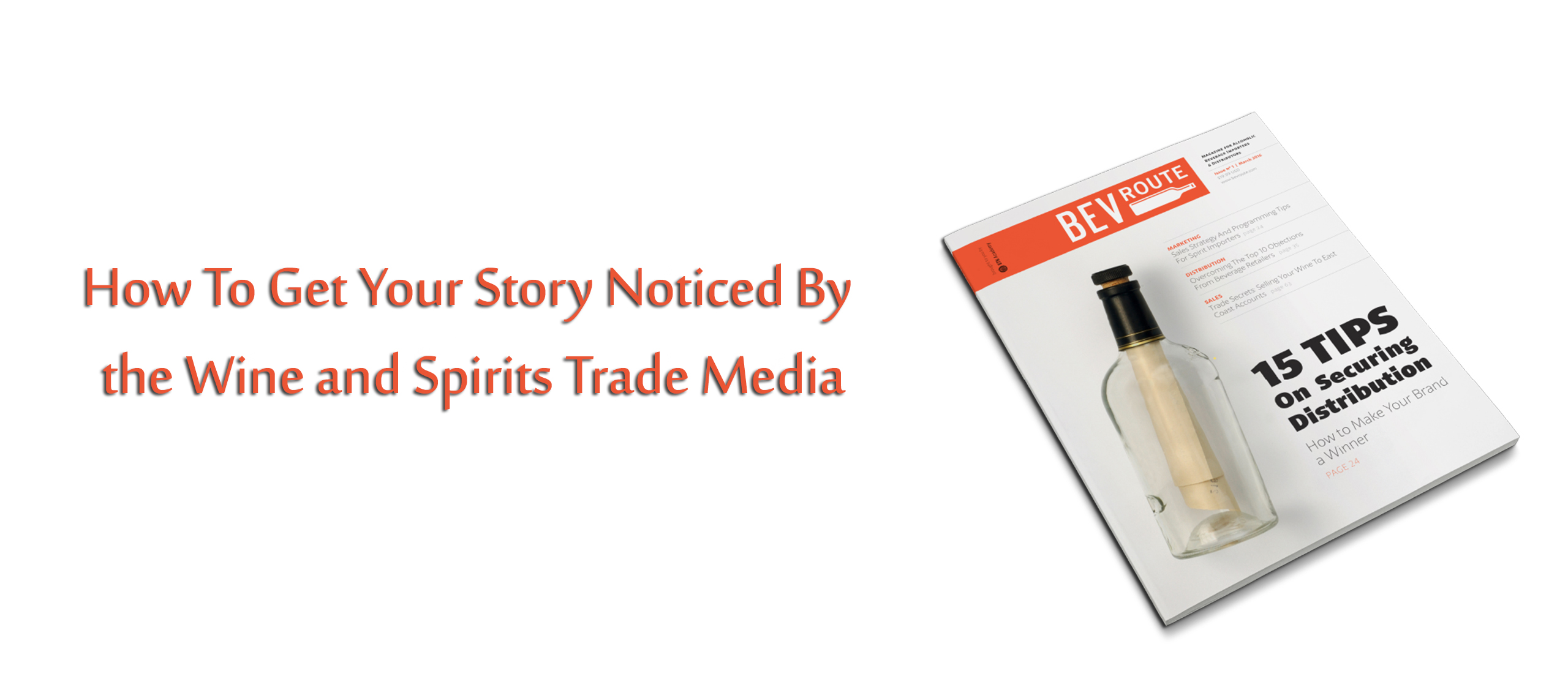
Insights
How To Get Your Story Noticed By the Wine and Spirits Trade Media
Every brand can have one core story and then adapt it for different media outlets.
As part of the Press Panel of the 2016 USA Trade Testing Conference, four panel participants – W.R. Tish of Beverage Media Group, David Ransom of The Tasting Panel and SOMM Journal, Gregg Glaser of Modern Distillery Age and Felicity Carter of Meininger’s Wine Business International - discussed potential strategies that up-and-coming wine and spirits brands can use to get their stories told by the trade media. As Ransom points out, it’s absolutely critical to know whom you’re pitching to. Every different publication – whether it’s a magazine or a blog – has a slightly different editorial focus. For wine brands, it’s critical to understand this focus and then adapt their focus accordingly. For example, says Ransom, SOMM Journal has a focus on regions, wines and the stories behind them; in contrast, The Tasting Panel focuses on exposing readers to new products.

However, that doesn’t mean that a wine brand should attempt to be all things to all people in an effort to gain attention from the trade media. Instead, suggests Tish, every brand can have one core story and then adapt it for different media outlets. That means creating a nuanced story that has been tailored to a very specific set of readers. As an example, Tish says, if you’re pitching Beverage Media Group, you need to focus on the distribution part of your story. And if you’re pitching to a local media outlet, your focus will be different than if you’re pitching to a national media outlet. With each new media source you are targeting, you can then simply adapt and tailor your core story as needed. But don’t try to cast too wide a net, suggests Glaser.
Even though he specifically focuses on the spirits industry, he says he’s deluged with press releases and pitches from wine and beer brands. The reality, he says, is that too many brands simply buy a “media list” and then fire off emails or letters to every source on that list, without really considering if there’s a good fit or not. Having what Glaser refers to as a “hyper-focus” is much more effective than attempting to blanket the trade media with your story. That “hyper-focus” will also keep you from wasting your time with media sources that just aren’t the appropriate fit for your brand.
Hear the answer to this question at 2:50 minutes
Finally, says Carter, there’s one key question that you should ask yourself as a wine brand before reaching out to the media: “Why will readers care about this?” Carter emphasizes that asking this question will help to align the expectations of the brand with the interests of the readers. That, she says, will naturally lead to the angle that you should pursue with the media source. “It’s obvious why brand owners care,” she says, “but why should my readers care?” In short, having a great story is important, but it’s not the only factor to consider. It’s also important to keep in mind which media outlets will be the best places to read this story, and which aspects of your stories will appeal to specific audiences. By taking time to understand the editorial focus of a publication, personalizing your story and pitch, and taking time to consider your story from the perspective of the reader, you can maximize your chances of getting press coverage.
Become a USATT exhibitor and grow your distribution in the USA. Meet importers, distributors, retailers and press. Get exhibitor information here.


